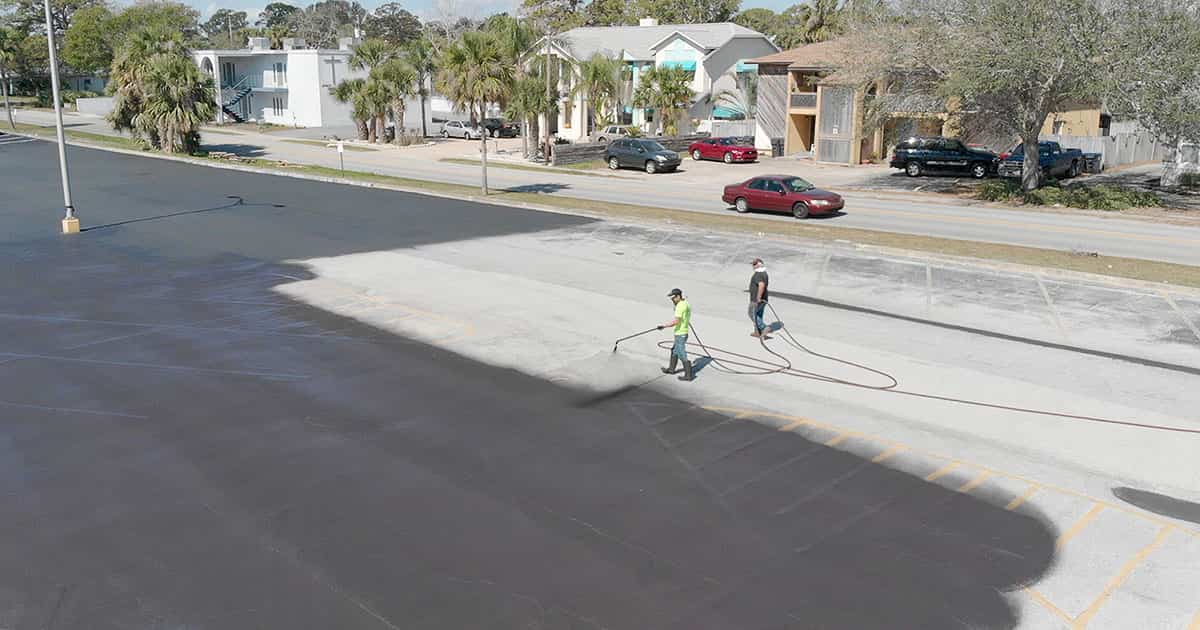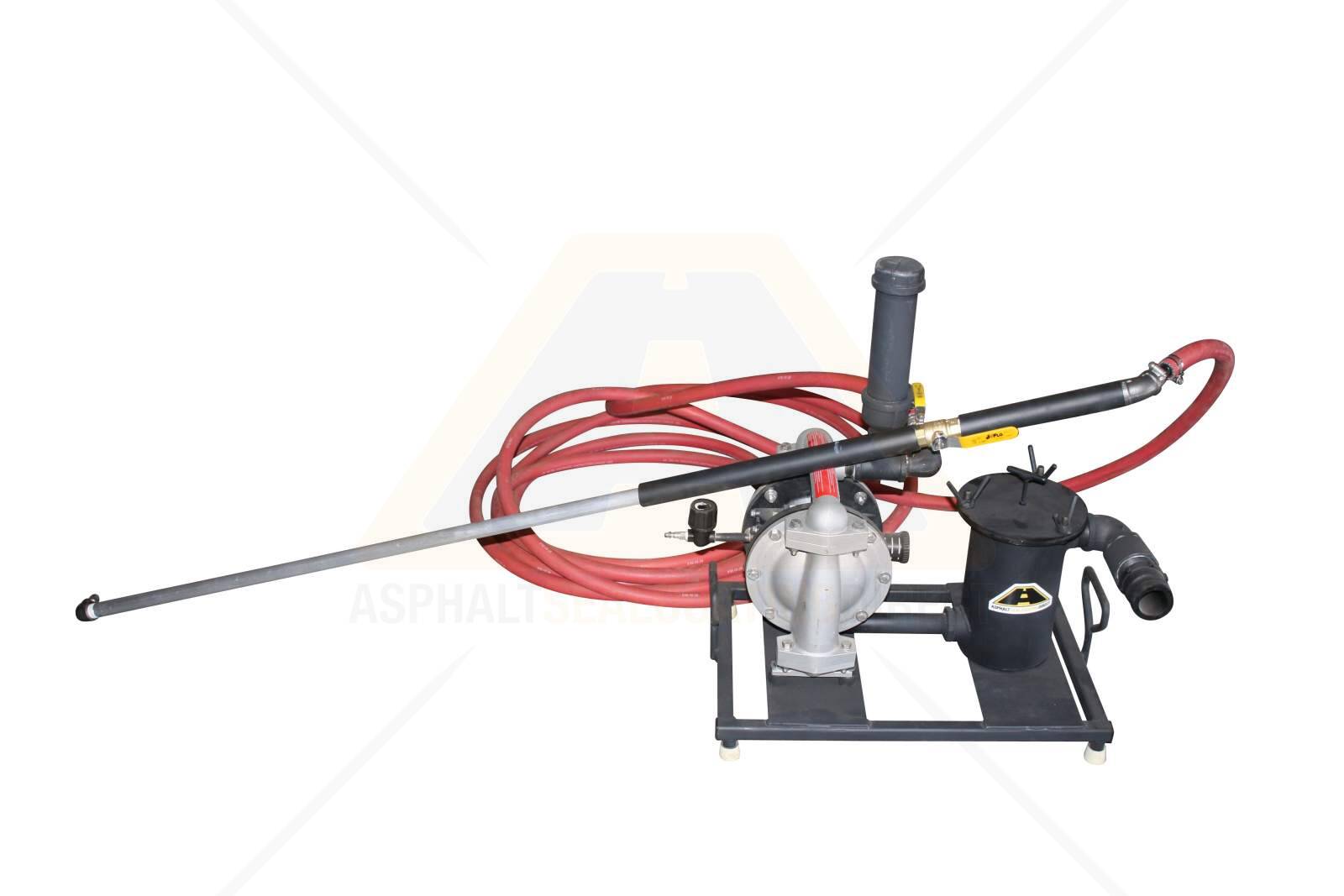Boost Safety And Security and Allure: Angled Car Park Solutions with Asphalt Sealing
Boost Safety And Security and Allure: Angled Car Park Solutions with Asphalt Sealing
Blog Article
Hot Mix Asphalt: A Sustainable Option for Sidewalk
Hot Mix Asphalt (HMA) has become a leading lasting selection for pavement services, providing a myriad of innovative innovations and ecological advantages. Its capability to decrease and recycle materials energy intake offers a compelling situation for its adoption in roadway building and construction projects. Furthermore, the long-lasting performance and longevity of HMA make it a preferred option for facilities growth. As the demand for environmentally friendly building and construction practices grows, exploring the nuances of HMA's sustainability can offer important insights right into the future of sidewalk services.
Ecological Advantages of Warm Mix Asphalt

In Addition, Hot Mix Asphalt aids to minimize city warm island impacts. Its dark shade soaks up sunshine, decreasing the quantity of warm reflected back into the ambience compared to lighter-colored pavements. This can reduce ambient temperatures in city locations, lowering the need for cooling and ultimately minimizing power usage.
Additionally, Hot Mix Asphalt adds to enhanced stormwater administration. Its porous nature permits water to recharge and infiltrate the sidewalk groundwater products, decreasing drainage and the threat of flooding. These ecological benefits make Hot Mix Asphalt a lasting selection for leading roadways and freeways.
Power Effectiveness in HMA Production
Is power efficiency a critical consider the production of Warm Mix Asphalt (HMA)? Absolutely. Power plays a substantial duty in the manufacturing of HMA, affecting both cost and environmental sustainability. One key aspect of energy performance in HMA manufacturing is the usage of cozy mix asphalt (WMA) modern technologies (commercial parking lot paving). WMA permits the blending and placement of asphalt at lower temperatures compared to traditional hot mix asphalt, leading to minimized power intake during production. This process not only decreases gas usage however likewise lowers greenhouse gas exhausts, making it an extra ecologically friendly choice.
Additionally, innovations in plant modern technologies have caused more energy-efficient HMA production procedures. Modern plants are designed with features like recycled asphalt sidewalk (RAP) processing capabilities, effective burner systems, and boosted insulation, all adding to energy cost savings. By enhancing energy usage in HMA production, the sector can decrease its carbon footprint while keeping top notch sidewalk products. Energy effectiveness is, therefore, a critical consideration in making certain the sustainability of Hot Mix Asphalt production.
Recyclability of Hot Mix Asphalt
The recyclability of Hot Mix Asphalt (HMA) is a crucial element of its sustainability and lasting ecological effect. HMA is among one of the most recycled materials in the USA, with over 100 million lots of reclaimed asphalt sidewalk (RAP) being reused annually in brand-new pavement construction. Recycling HMA uses several environmental benefits, such as lowering the demand for virgin products, reducing energy consumption throughout production, and reducing the quantity of waste sent to landfills.
The process of reusing HMA involves grating the existing sidewalk, squashing it into smaller items, and mixing it with brand-new aggregate and asphalt binder to create a recycled mix. This recycled mix can commonly perform in addition to hot mix asphalt or also much better than standard HMA, while needing fewer raw products and generating reduced greenhouse gas exhausts. By integrating RAP right into new sidewalk projects, road companies can preserve natural sources, lower costs, and decrease the environmental footprint of roadway building and construction and upkeep tasks. Overall, the recyclability of HMA plays a significant duty in advertising sustainable techniques within the sidewalk market.

Long-Term Performance of HMA
Asphalt sidewalks show resilience and strength over a prolonged period, mirroring the long-term performance of Hot Mix Asphalt (HMA) The durability of HMA can be credited to its ability to hold up against rush hour lots, rough weather condition problems, and the effects of aging. Research studies have shown that properly designed and properly created HMA pavements can last for 20 years or even more with normal maintenance. The key to maximizing the long-lasting efficiency of HMA depends on utilizing premium materials, adhering to ideal techniques in construction, and executing reliable upkeep techniques. Proper water drainage, regular evaluations, and timely repairs are crucial for maintaining the structural integrity of HMA sidewalks in time. In addition, advancements in HMA technology, such as making use of polymer-modified binders and cozy mix asphalt, have better improved the toughness and durability of HMA sidewalks. By prioritizing high quality construction and upkeep practices, HMA remains to verify itself as a sustainable and economical solution for resilient pavement facilities.

HMA: Resilience and Sustainability
Demonstrating both resilience and sustainability, Warm Mix Asphalt (HMA) has actually ended up being a foundation in the building of durable pavement facilities - commercial parking lot paving. HMA's toughness stems from its capacity to hold up against heavy loads, severe climate condition, and high web traffic quantities, making it a dependable option for roadways, highways, and airport paths. The composition of HMA, which typically includes aggregates, binder, and filler, plays an important function in enhancing its durability and resistance to use and tear
Furthermore, HMA's sustainability exists in its recyclability and energy-efficient production procedure. The capacity to reuse reclaimed asphalt pavement (RAP) in brand-new HMA combinations lowers the need for virgin products and lessens the environmental impact of pavement building and construction and maintenance. Additionally, the power effectiveness of generating HMA lies in its lower blending temperature levels compared to various other pavement materials, leading to lowered energy intake and greenhouse gas exhausts.
Final Thought
In verdict, warm mix asphalt (HMA) provides a sustainable remedy for sidewalk with its ecologically pleasant characteristics. HMA's recyclability, power effectiveness in manufacturing, and long-term longevity make it an eco-friendly option for roadway building and construction.
HMA is one of the most recycled materials in the United States, with over 100 million heaps of recovered asphalt pavement (RAP) being reused yearly in new sidewalk building and construction.The process of recycling HMA includes milling the existing sidewalk, squashing it into smaller items, and blending it with brand-new aggregate and asphalt binder to produce a recycled mix.Asphalt sidewalks demonstrate sturdiness and strength over an extended period, reflecting the long-term efficiency of Warm Mix Asphalt (HMA) Additionally, developments in HMA innovation, such as the use of polymer-modified binders and warm mix asphalt, have better improved the resilience and long life of HMA sidewalks. The capacity to reuse reclaimed asphalt pavement (RAP) in brand-new HMA mixtures reduces the need for virgin products and lessens the environmental impact of pavement construction and maintenance.
Report this page